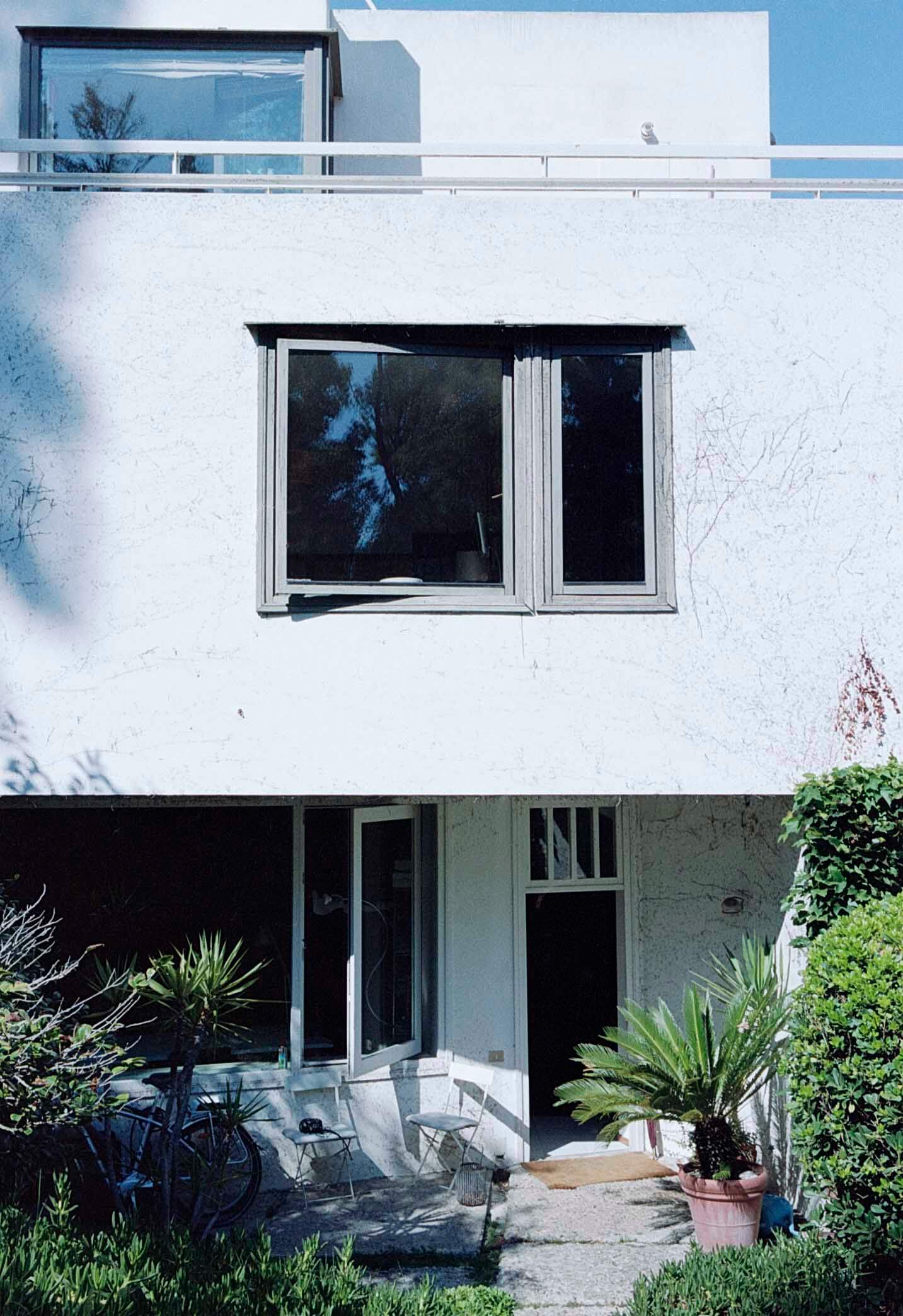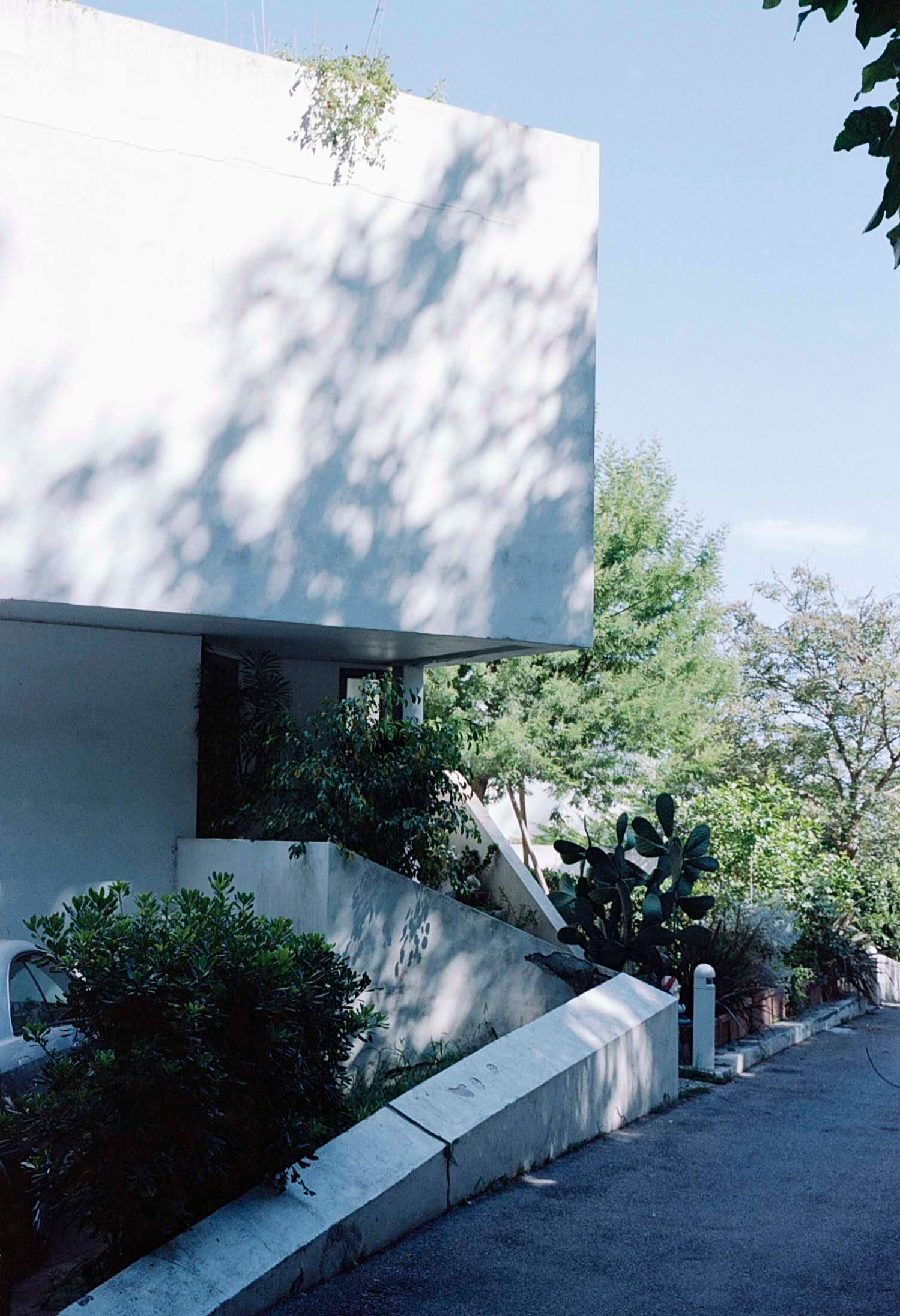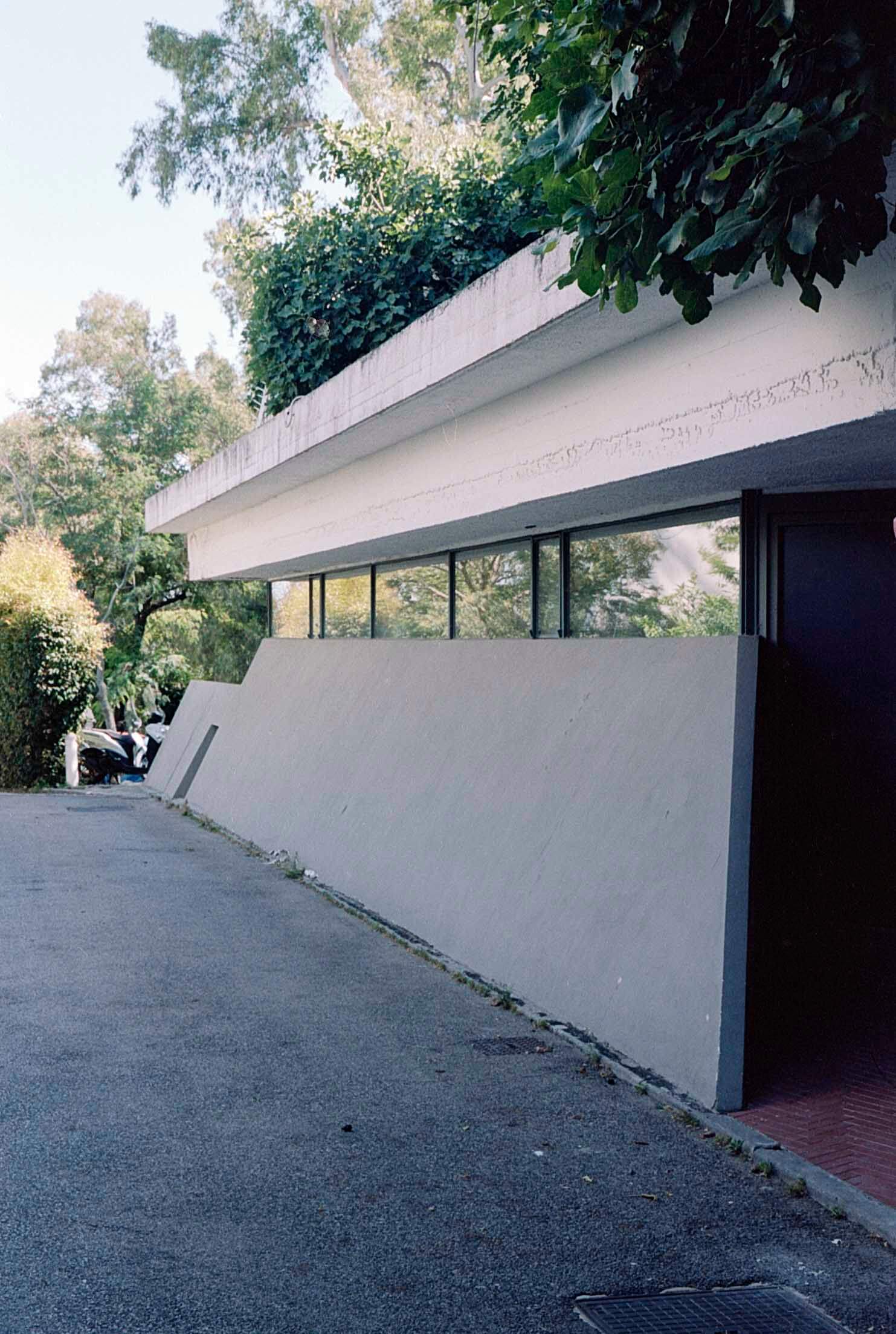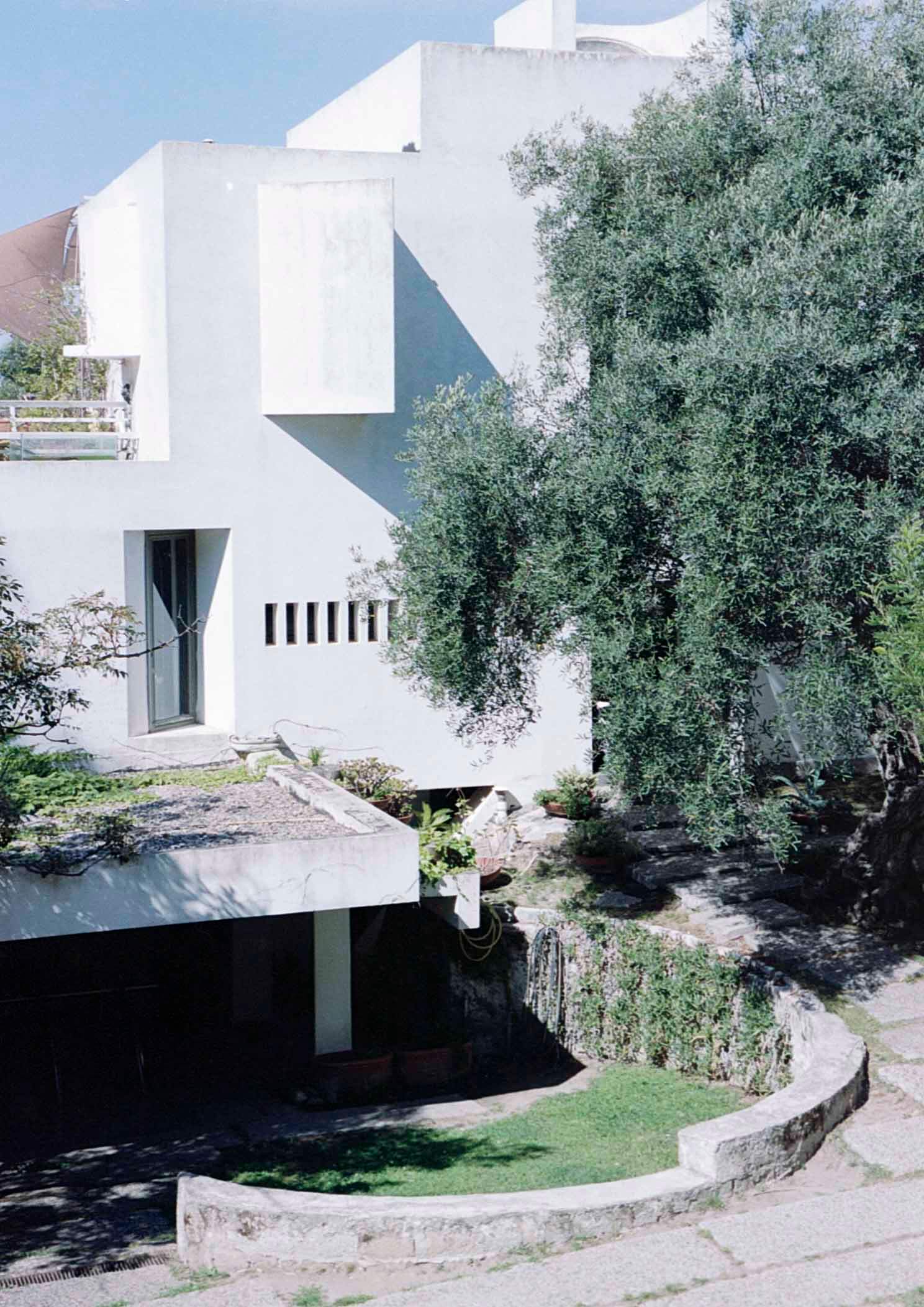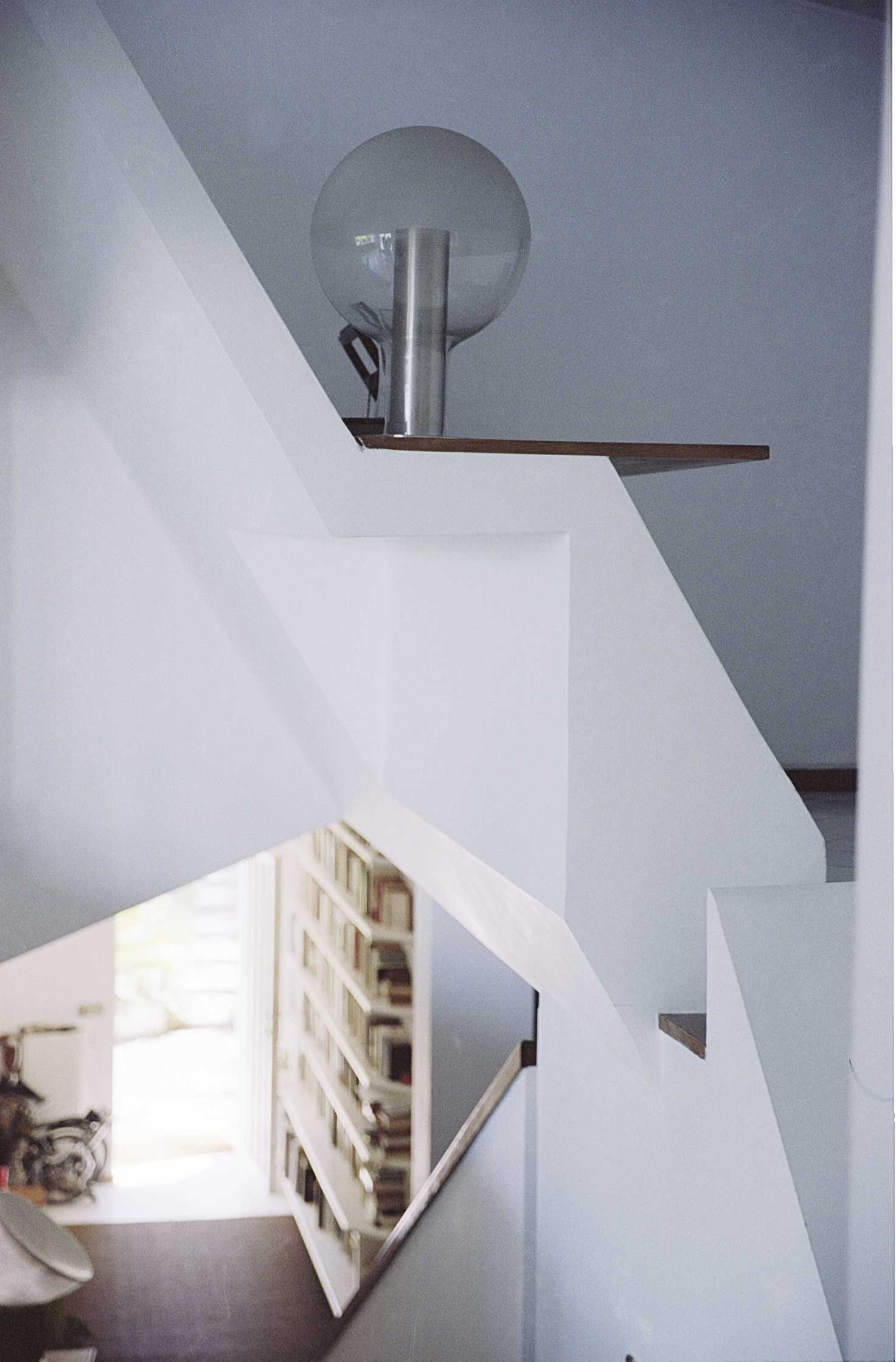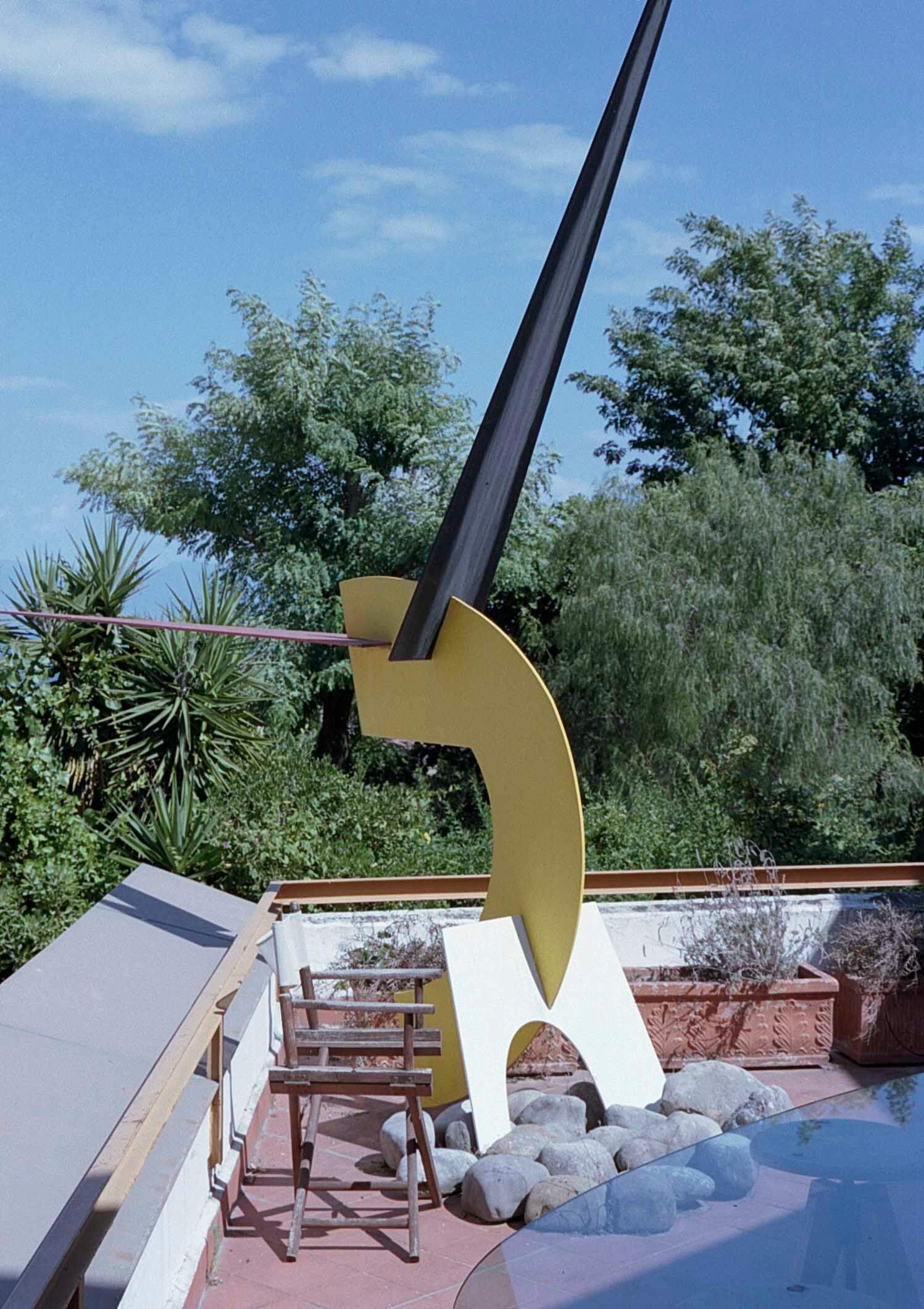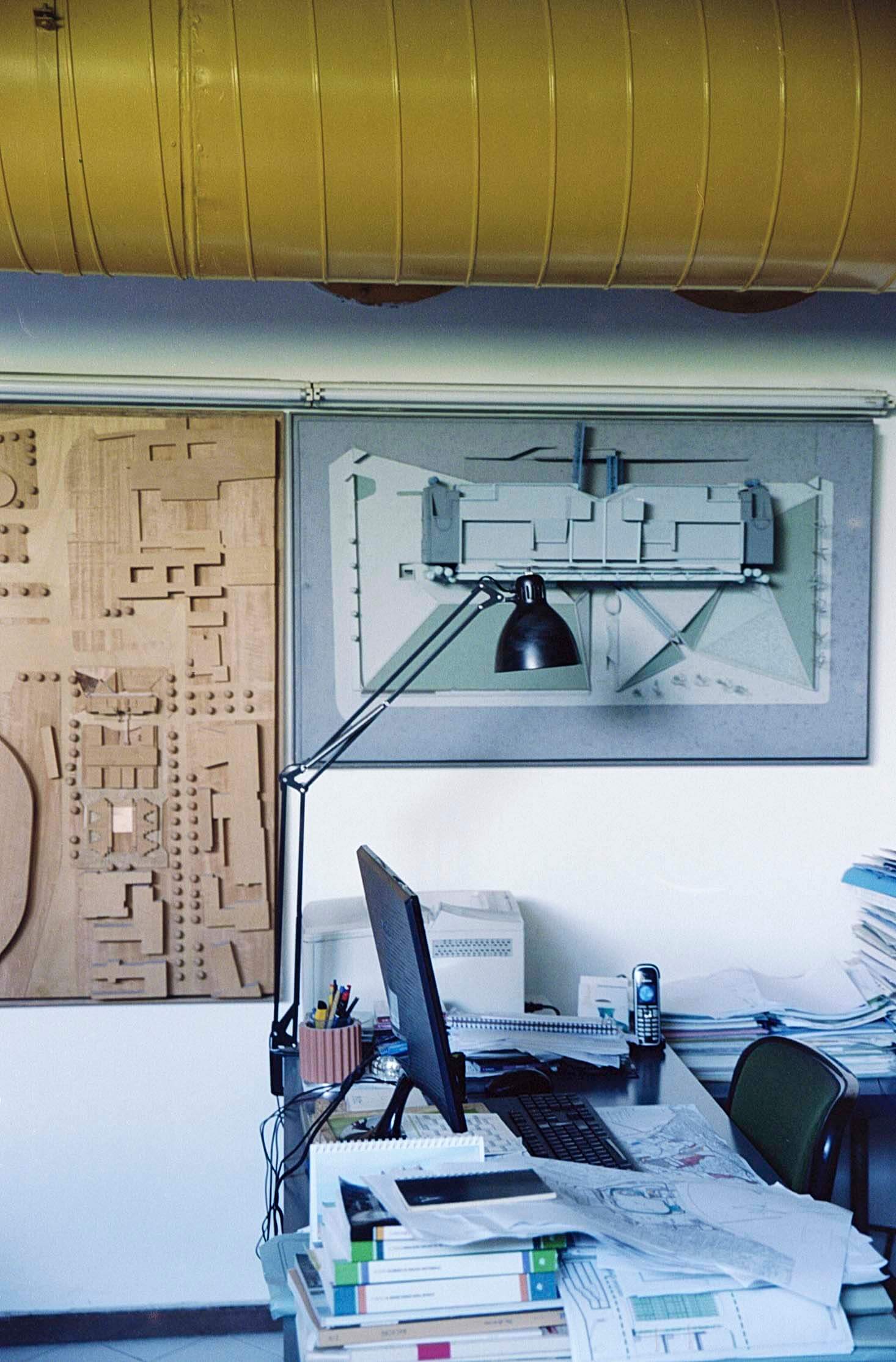A residential building that does not include only one or two homes is a “multi-family” dwelling. What I’m referring to here, though, is the meaning of “bagli” or “case a corte”, houses gathered around a courtyard, inhabited by limited groups of people, in the past mainly linked by family or work ties. The form of these buildings fostered a wealth of relationships, meetings, exchanges and moments of common life.
Architecture – the design of space – is linked to behaviours and rites: it is a device to create a community. At all scales, buildings can foster meetings and sociality or can instead generate physical or even psychological separations and obstacles.
Residential buildings are often atomized (they consist of “apartments”), even separating the inhabitants who gain access from the same landing. The multi-family house in Posillipo (designed in 1964, planning permission obtained in 1967, inhabited since 1970) grew up on the outline of a rural building that also appears on the map of the Duca di Noja from 1775.
Just two elements of this building have been preserved/reinvented: a large vaulted area and a square “tower”, not more than three metres per side. Eight families live here; we moved our studio into three other units there 50 years ago. There is no shared stairwell; every apartment has direct access from the external spaces. Eight converge onto a small courtyard, which has always been dominated by a large walnut tree – unfortunately replaced by an olive tree in 2001 – and marked by a long bench: a meeting and resting place, defined by liberally plastered vertical walls and windows flush with the façade embedding the single doors or nevertheless protecting them from the rain. The first of the duplex flats on the longest side of the courtyard deliberately reflects the first shots of Mon Oncle by Jacques Tati, when Monsieur Hulot descends from an upper floor of the old house.
The seafront aspect is immensely different: the walls are not straight up and down like in the courtyard. It is a sloping set of terraces with a hanging garden, designed in such a way that the people living in the external spaces – level with or on the roof of their homes – can’t get to the edge: they can’t see the people inhabiting the open space below them. So, at the same time a community and independent units. The imprint of the unbuilt spaces is mainly a continuation of the imprint of the interiors, so as not to separate the built and unbuilt, to blend into the landscape, making up a tiny new part of it.
But I can’t forget Giovanni Muzio’s comment in September 1970 when I accompanied him to visit the then completed multi-family house in Posillipo, as, with ill-concealed pride, I showed him the windows that were nearly all different from each other, positioned to frame the best views, to look at the moon, to take in an important branch of the walnut tree, and so on. “Beautiful, but a bit overindulgent”. These were his words, uttered with fondness. The important architect was a believer in a wholly different creed: fifty years earlier he had designed the “Ca’ brutta” (literally: “Ugly House”) in Milan – his “debut” – a residential building that marked a return to classicism in contrast even to the emerging rationalism.
Sure, this house in Posillipo is not part of a dense urban context, nor is it a fragment of the cityscape, it is an aggregation of elements that aim to become a fragment of the hilly landscape. Sure, in this case it was easier to approach the sense of “multi-family”, an endeavour dutiful and nonetheless not impossible in other projects too. I’m thinking of Alison and Peter Smithson’s Criteria for Mass Housing, whose theories went in the exact opposite direction to those behind Le Corbusier’s Unité d’Habitation. I’m thinking of the streets-in-the-sky logic which, from Golden Lane (1952) to Robin Hood Garden (1966) and at Park Hill in Sheffield (1961), inspired their research. I’m thinking of the cluster logic…I have faith in the future of multi-family houses, even in the “5-minute city”, the dense city, the city of networks of places of socialization.
INHABITING SPACE
Years ago, I was involved in interviews with some European architects on this topic, organized by Pierre Augustin Lefèvre as part of some research entrusted to the Paris-La Villette pedagogical team by the Ministère de l’Équipement. Differences between the Latin and Anglo-Saxon worlds also emerged: greater at the urban level, less so on smaller scales. Today, we urgently need to do some basic thinking about the features of the spaces inside buildings, the ones that make up our housing now and in the future. The recent lockdown forces us to reflect on how our homes should evolve, on how it is fundamental to abandon that which is rooted in “Existenzminimum”, on how it is important, essential even, precious for people, both as a community and as single individuals, to increase the percentage of resources to invest in the quality of cities and of single dwellings.
In the multi-family house in Posillipo, all the houses are very different from each other, they have unique internal spaces and identities. Of course, they are also very different sizes, between 60 and 250 square metres: however, the aim of each one is to have a central place, a reference for each specific apartment as a whole. There is a continuity between all the single homes and the external areas, both with the common spaces and their own. It’s wonderful to have the view from the same place open up onto opposing landscapes, to frame the boundless external panorama and the internal courtyard at the same time; it’s wonderful not to feel forever compressed between relentlessly parallel floors and ceilings, to be able to profit from upward and downward introspection: to escape from the “level”. In sum: to break out, not to feel under constraint, not even in spaces that at times really are minimal, only a few square metres. And then be able to live the external spaces, an “urban vegetable patch” on the roof or the ground floor: essential places for spending time.
Communication techniques and distance – work, meetings, seminars, education – which for the most part do not engage the members of a family together, with each person often individually occupied – today force us to seek continuous and at the same time highly flexible spaces, which can be isolated when necessary, not just in terms of acoustics. Union and separation have to coexist. For some time now, I’ve been reflecting about how a person living in a house can alter the internal spaces and how these transformations can also be allowed to impact the formal appearance of the building: being able to put in a new window, involve the external spaces, reposition a loggia. Obviously without changing the overall quantity of the spaces. So far, most of my designs have remained “on paper”, but not for want of trying.
This was the aim of a multi-family house that I created with Riccardo Dalisi: four duplex flats, separated by a large horizontal plane, seven metres from the ground, ending in an open spiral stairway to the south, and linking directly to the ground to the north. We thought that the houses in the four areas that the space was divided into could be designed by four different architects, for four distinct clients. In the end – while nevertheless striving to introduce significant differences into the internal spaces and the outward results – we designed them ourselves. This kind of reasoning can be found in the now dated research and creations of Lucien Kroll. Here I’ll just remember his emblematic “Mémé” (maison médicale) halls for the medical students at the University of Leuven (1972).
In Italy, experiences of this kind are still impossible: the image of the “façade” is untouchable, it’s communal property. We suffer from anachronistic rules. I’ve always said that the range of damage done due to these rules is emblematic: admissible building sizes based on volume instead of net available area; incorrect, categorical height restrictions imposed on internal spaces; the crazy congruence – it appears in many regulations – between the limit of volume, height and maximum covered surface area. We’re suffocated and squashed by a mass of numeric and prescriptive sectorial standards: of course, it’s not easy to replace them with performance standards that can still guarantee high levels of hygiene, air quality, light quality and so on: but this difficulty must not discourage us from making brave attempts in this direction.
